As California’s Capital City since 1854, Sacramento’s lifeblood flows from the American and Sacramento Rivers nurturing today’s metropolitan landscapes brimming with lush parks where locals gather and nature thrives. From blooming gardens and oak woodlands to communities celebrating cultures, Sacramento’s outdoor spaces reflect the city’s values welcoming all to live well – together.
| Park Name | Highlights |
|---|---|
| William Land Park | Zoo, gardens, golf course, picnic areas |
| McKinley Park | Rose garden, playgrounds, tennis courts, jogging trails |
| Discovery Park | Riverside park with boat launches and picnic areas |
| Capitol Park | Gardens, memorials, walking paths near the State Capitol |
| Southside Park | Playground, basketball courts, grassy areas |
| Ancil Hoffman Park | Nature trails, golf course, American River access |
| Garcia Bend Park | Riverfront park with fishing, boating, and picnic areas |
| Gibson Ranch County Park | Equestrian trails, fishing ponds, playgrounds |
| Maidu Regional Park | Disc golf course, nature trails, and sports fields |
| McKinley Village Park | Community park with playgrounds and picnic areas |
| Tahoe Park | Playground, basketball courts, and open spaces |
| Sutter’s Landing Regional Park | River access, picnic areas, and walking trails |
These 12 cherished green gems offer native scenery, recreation and refreshing spaces for residents and visitors to immerse themselves within Northern California’s river-born garden heartland Oasis.
William Land Park & Fairytale Town

Name and Location: Located in Sacramento, California, William Land Park encompasses various attractions, including Fairytale Town.
History and Significance: William Land Park, named after a Sacramento businessman and philanthropist, has been a central recreation area since the early 20th century. Fairytale Town, added in 1959, offers children a playful storybook experience.
What to Expect: The park features spacious picnic areas, gardens, and sports facilities, while Fairytale Town offers interactive play sets based on fairy tales and nursery rhymes.
Visitor Information: Open year-round with admission fees for Fairytale Town. The park itself is free to the public.
Families flock to William Land Park on Sacramento’s southern edge to enjoy wide lawn expanses for sports alongside community garden plots overflowing with everything from sunflowers to okra. Inside the park, Fairytale Town delights kids by bringing favorite storybooks to life through interactive miniature play sets. Hands-on history also unfolds at nearby Funderland with amusement rides evoking Victorian-era thrills twisting and lifting riders back to turn-of-the-century Sacramento. When you’ve worked up an appetite, the 1929 Carousel Wishing Well feeds guests classic funnel cake and grilled cheese sandwich picnic baskets to-go so the fun lasts all day.
McKinley Park
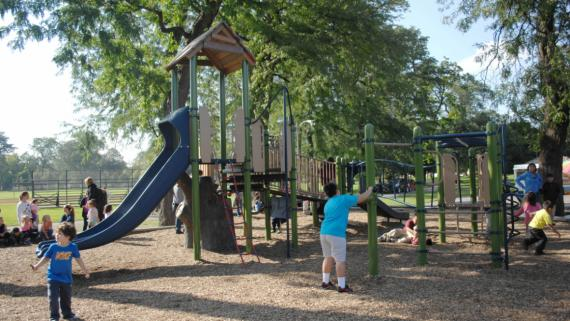
Name and Location: McKinley Park is a historic park located in the East Sacramento neighborhood.
History and Significance: Established in the early 1900s, McKinley Park has been a beloved community gathering place, known for its beautiful rose garden established in 1928.
What to Expect: Visitors can enjoy the rose garden, duck pond, jogging paths, playgrounds, and sports courts. The park is a popular spot for picnics and leisurely strolls.
Visitor Information: The park is open daily to the public at no charge. The rose garden is best visited in spring and early summer.
Along the banks of picturesque East Park Lake, McKinley Park captures classic Sacramento community connection through 60 acres of outdoor amenities from rose gardens to tennis courts, playgrounds and picnic sites ready for gatherings small and large. Since 1926, locals congregate within this central city respite as much to take in beautiful balmy sunsets as to stay active thanks to McKinley Park’s aquatics complex making a splash with lessons and water workouts year-round. Beyond the social courtyard, a one-mile loop trail gives walkers, joggers and cyclists plenty of room to roam through oak groves plus two additional lakes filled with flocks of ducks, geese and heron wading along the banks basking in their serene urban habitat.
State Capitol Park & Gardens

Name and Location: Situated around the California State Capitol in downtown Sacramento, the park and gardens serve as a lush frame for the historic building.
History and Significance: The State Capitol and its surrounding park have been central to California’s government and history since the 1860s, with the gardens showcasing plant species from around the world.
What to Expect: A walk through the park offers views of memorials, a rose garden, and various thematic gardens. Guided tours of the Capitol are available.
Visitor Information: The park is open daily, and admission is free. Capitol tours are also free but may require reservations.
Surrounding California’s iconic State Capitol building, 40 acres of park space claim Capitol Park as Sacramento’s communal front yard brimming with global gardens, wildlife, public art and plenty of shady spots to rest weary feet after touring the historic Capitol’s grand interior corridors or museums. Here towering trees like Deodar cedars and rare exotic Wollemi pines from Down Under mingle alongside international plantings honoring The Golden State’s global ties, from a Victorian England rose garden to vibrant Mexican palms. Whimsical kids’ art installations like the climbable caterpillar sculpture invite active play while fountains flow peacefully channeling inspiration integral to thoughtful state governance conducted throughout decades inside the Capitol’s stately chambers.
Land Park & Sacramento Zoo
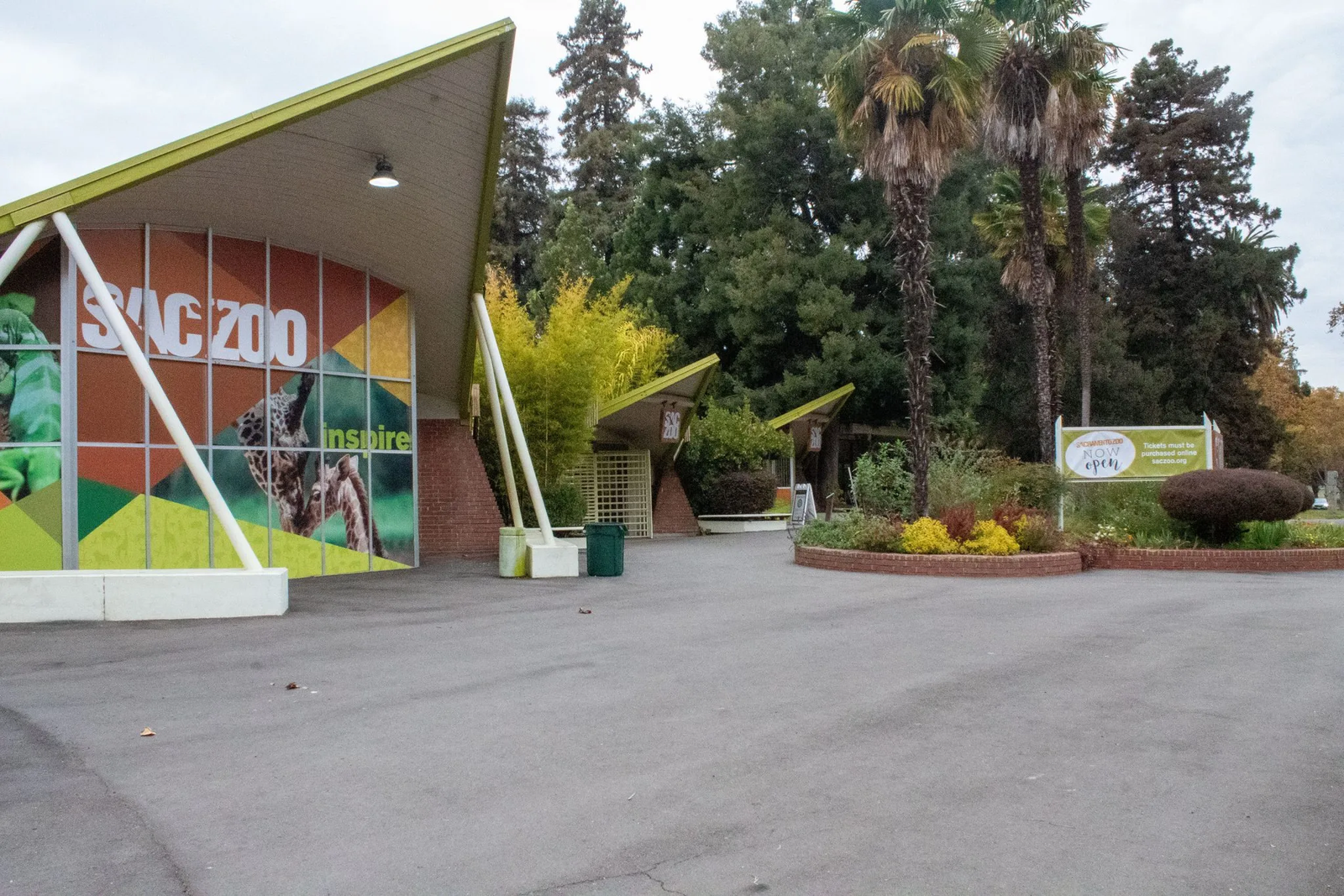
Name and Location: Adjacent to William Land Park in Sacramento, the Sacramento Zoo is a key attraction within the park’s extensive grounds.
History and Significance: Established in the 1920s, Land Park has grown to include the zoo, which opened in 1927, and offers educational and conservation-focused experiences.
What to Expect: The park features gardens, sports facilities, and picnic areas. The zoo houses hundreds of animals, including exotic and endangered species, in thoughtful habitats.
Visitor Information: The zoo has an admission fee, with hours varying by season. The park area is open to the public for free.
From paddling along scenic river routes to riding the Whimsical Train through tree tunnels, Sacramento Zoo adjacent to William Land Park entices kids to learn about wildlife and conservation through enriching experiences focused more on the animals than exhibitions. Observe Amur tigers prowling their expansive habitats, chimpanzees swinging overhead from the sprawling ‘Monkey Island’ enclosure and curious meerkats endlessly burrowing alongside young visitors against their large viewing window. Ride the Conservation Carousel spinning fantastical hand-carved creatures then cool feet by the waterside Flamingo Habitat swarming pink with nearly 100 vibrant birds. Whether meandering walking trails shaded by native Valley Oaks or admiring Australian Outback kids’ zone animal ambassadors up close, encounters with all creatures great and small promise adventures that last long after leaving Sacramento Zoo.
Sutter’s Landing Park
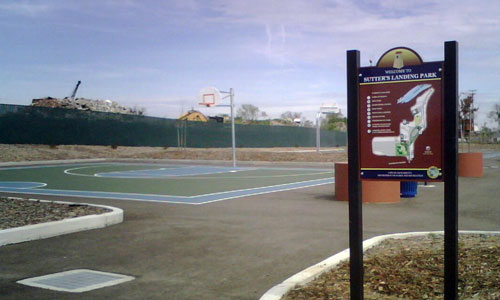
Name and Location: Sutter’s Landing Park is located in the River District of Sacramento, along the American River.
History and Significance: Named after the nearby Sutter’s Mill, where gold was first discovered, this park offers a mix of natural beauty and historical significance.
What to Expect: The park features a multi-use trail, recreational areas for basketball and bocce ball, and scenic views along the river. It’s a popular spot for bird watching and river access.
Visitor Information: Open to the public with no entrance fee. Access to the river provides opportunities for fishing and kayaking.
Positioned prominently along the Sacramento River waterfont, Sutter’s Landing Park provides a scenic urban escape integrating historically-significant sites, public art and recreation stemming from California’s earliest recorded European exploration tracing to fur trapper-turned-settler John Sutter who established the region’s first Euro-American settlement. Outdoor history lives on through the park’s life-sized bronze statues honoring notable individuals like Irataba, Chief of the Valley Nisenan tribe, and Blossom, a buffalo that was part of Sutter’s original herd he transported to graze across what became Sacramento. Scenic trails also guide visitors towards native habitat restoration areas or the Three Rivers Confluence observing point overlooking the American and Sacramento River junction. From bike paths to fountains for playing plus expansive lawns hosting summer outdoor movie nights, Sutter’s Landing Park promises fresh perspectives on local heritage and natural wonders.
Southside Park
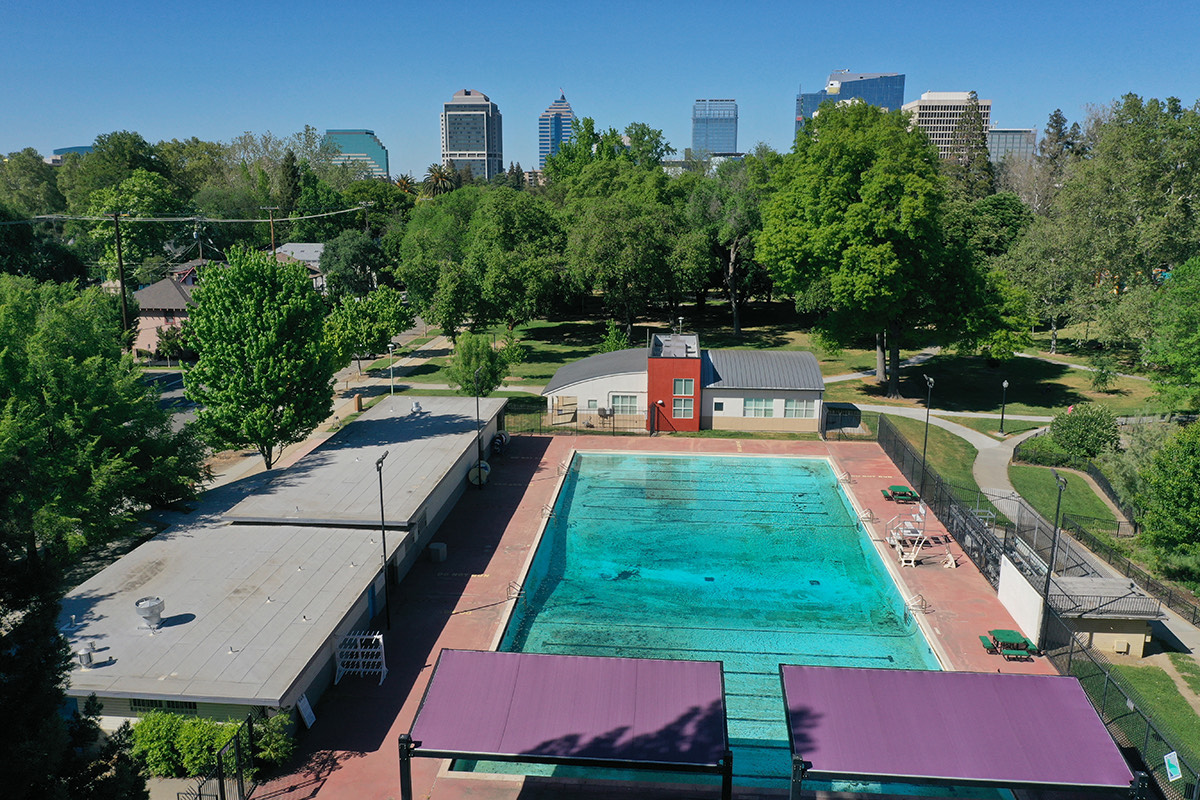
Name and Location: Southside Park is located in downtown Sacramento, offering a green oasis amidst the urban landscape.
History and Significance: Developed in the early 20th century, this park is known for its diverse community use, hosting numerous cultural and recreational activities.
What to Expect: The park includes a large pond, an amphitheater, a playground with unique structures, and a swimming pool. It’s a gathering place for community events and celebrations.
Visitor Information: Open daily, free to the public. The pool operates seasonally with an admission fee.
Marking over a century of community connection in Sacramento’s Richmond Grove district, Southside Park still claims reputation today as the city’s oldest municipal green space where neighbors enjoy wide lawns, shady oaks and peaceful public gardens ideal for contemplation. Expansive play areas give kids reign to roam through the elaborate multi-piece playground containing all their energy while special adaptive equipment promotes inclusive play. Leashed dogs find room to romp across Doggie Day Park’s secure off-leash area watching birds flutter about the adjacent Pollinator Garden where dedicated volunteers nurture flowering plants supplying crucial urban habitat to bees, butterflies and other species. So for passive open space allowing everyone equal room to unwind, Southside Park extends gracious grounds offering 110 years of grassroots Sacramento recreation.
Discovery Park
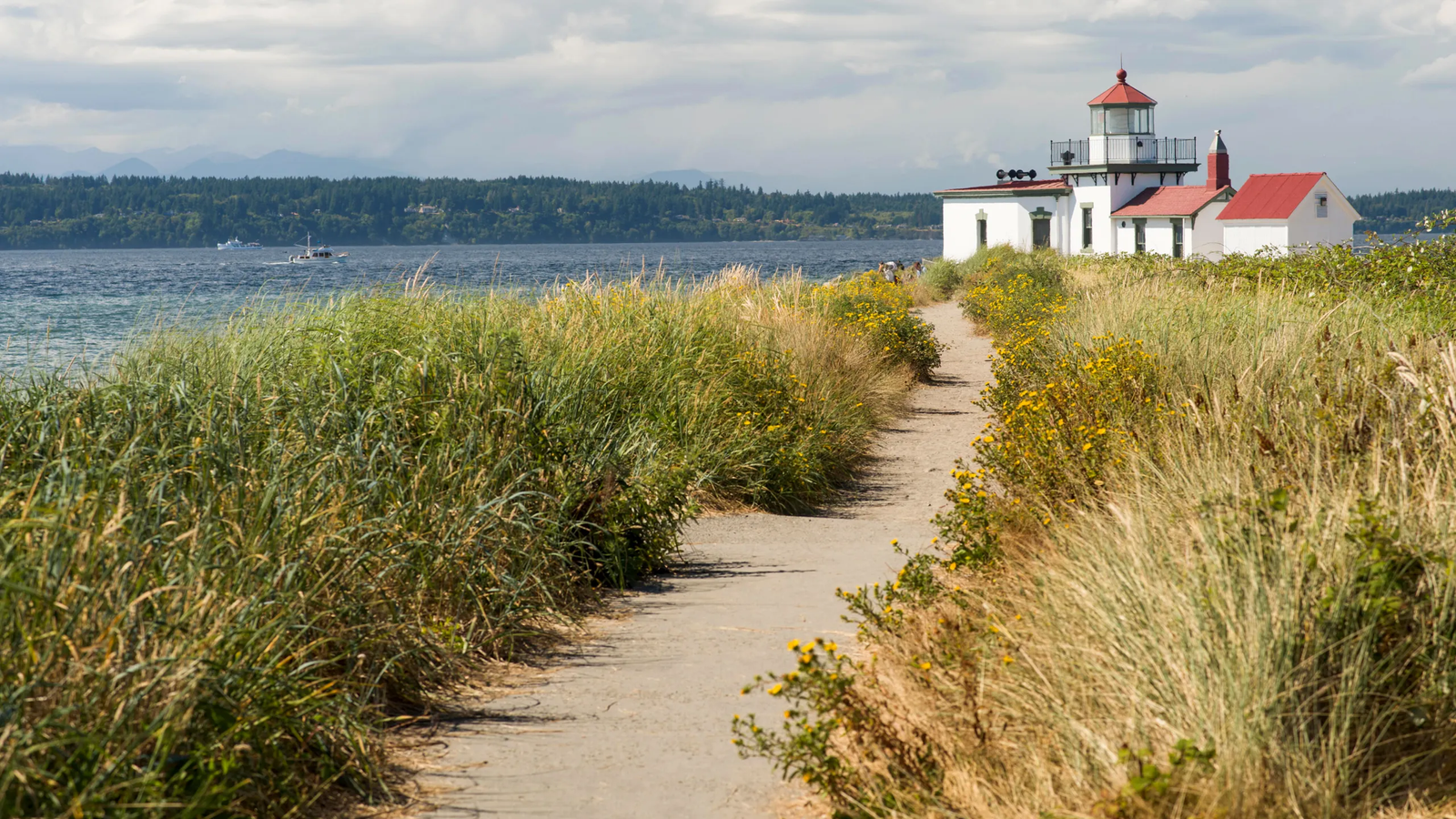
Name and Location: Discovery Park is situated at the confluence of the American and Sacramento Rivers, just north of downtown Sacramento.
History and Significance: As a major entry point to the American River Parkway, Discovery Park plays a crucial role in providing access to recreational activities along the rivers.
What to Expect: The park offers picnic areas, bike trails, fishing spots, and boat launch facilities. It’s a popular location for water sports and outdoor activities.
Visitor Information: There is a parking fee. The park is open year-round, with higher water levels in the spring and early summer affecting access to some areas.
Along the banks of the American River, Discovery Park’s 517 acres deliver outdoor refuge with an abundance of possibilities for land and water recreation only minutes from Sacramento’s bustling downtown. Hikers, joggers, cyclists and equestrians share miles of multi-use trails extending riverfront views lined with Valley Oak and willow trees that provide shelter for native wildlife residents from beavers to blue herons spotted fishing along the shoreline. Launch your own kayak to explore near stillwater lagoons or winding side channel sloughs rich with habitats. Several playgrounds give kids reign to stay active while expansive barbeque and picnic sites invite lingering sunset river views with family and friends late into balmy Sacramento evenings. As the city’s largest park, Discovery Park promises space allowing both community connection and tranquil seclusion amidst wild river ecology now protected for generations to enjoy.
Fremont Park

Name and Location: Fremont Park is a small urban park located in the heart of downtown Sacramento.
History and Significance: This park serves as a community space for downtown residents and workers, hosting art events, music performances, and food truck gatherings.
What to Expect: A vibrant space with public art installations, a playground, and shaded seating areas. The park is a venue for local events and festivals.
Visitor Information: The park is freely accessible to the public. Event schedules and park activities can be found on local listings or the city’s parks department website.
As an oasis for arts, culture and unity uniquely rooted within Sacramento’s urban landscape, Fremont Park brings R Street residents together through community vegetable gardens, vivid multicultural murals and the open-air stage perpetually pumping events from summer concert series to creative wellness popups all curated expressly to honor inclusion. Scents of blossoming wisteria vines climbing the perimeter fence mix with wafts of smoky Barbacoa tacos sizzling from nearby food vendors while free yoga classes activate the lawn. Pop-up events might spotlight cultural dance troupes sharing their heritage arts before bands tune up echoing notes across the plaza from the covered stage. For over 50 years as the Kennedy neighborhood’s communal heartbeat, Fremont Park gives grassroots Sacramento spaces where equity and justice find liberation through uplifting arts, food and gathering free to all seeking beauty woven as one.
UC Davis Arboretum
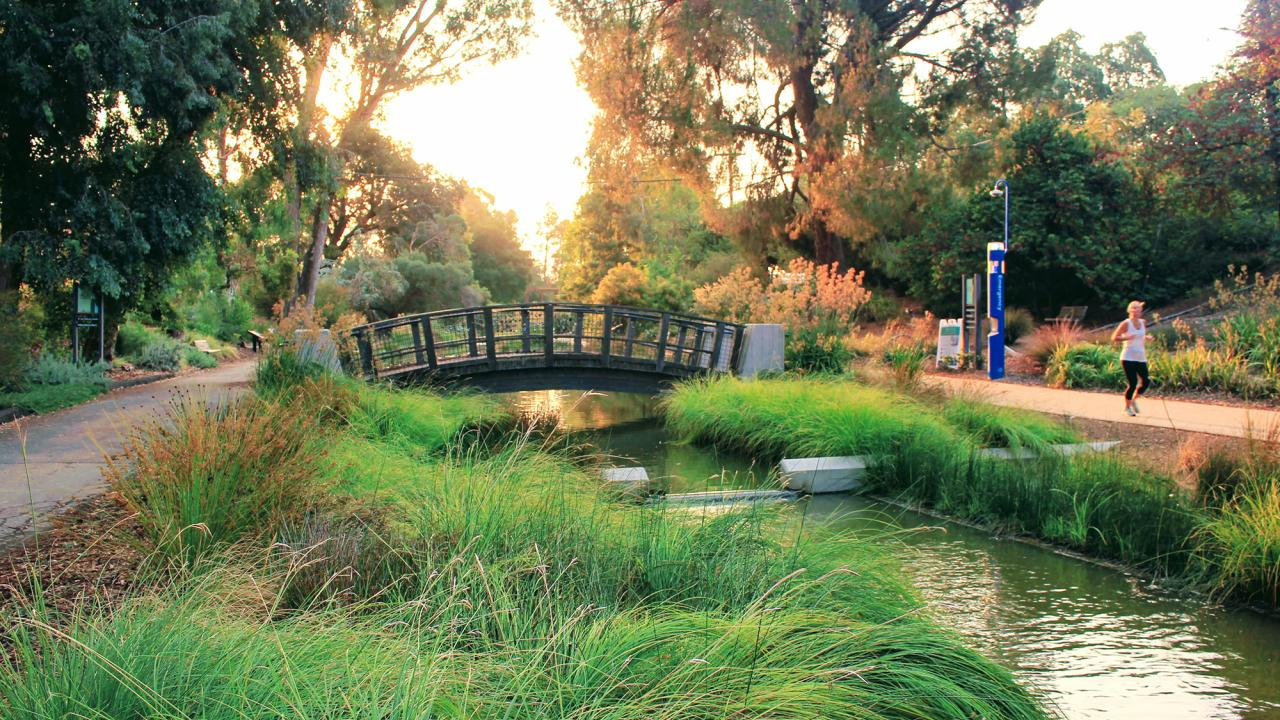
Name and Location: The UC Davis Arboretum is located on the University of California, Davis campus, west of Sacramento.
History and Significance: Founded in the 1930s, the arboretum serves as a living museum, educational facility, and research site, showcasing plants from around the world.
What to Expect: Visitors can explore themed gardens, attend educational workshops, and enjoy the peaceful walking paths along Putah Creek.
Visitor Information: Open 24 hours a day, free of charge. Guided tours and events are offered throughout the year.
Though not within city limits, UC Davis’ 100-acre public arboretum green space offers an accessible escape into California’s native gardens just beyond Sacramento’s borders. Meandering trails deliver seasonal delights from late winter golden coreopsis blooms to fiery autumn Japanese maple foliage flourishing riparian floodplain habitats along Putah Creek’s banks lined black walnut trees and elderberries dating back centuries. Arboretum collections also gather global gardens from South African succulents to Australian eucalyptus groves and Chinese water pavilions for tranquil contemplation inspired by Eastern philosophies valuing equilibrium with the natural world. Together with research advancing plant sciences towards solving complex climate challenges today, UC Davis Arboretum provides living legacies rooting Sacramento closer to conservation stewardship for future generations.
American River Parkway
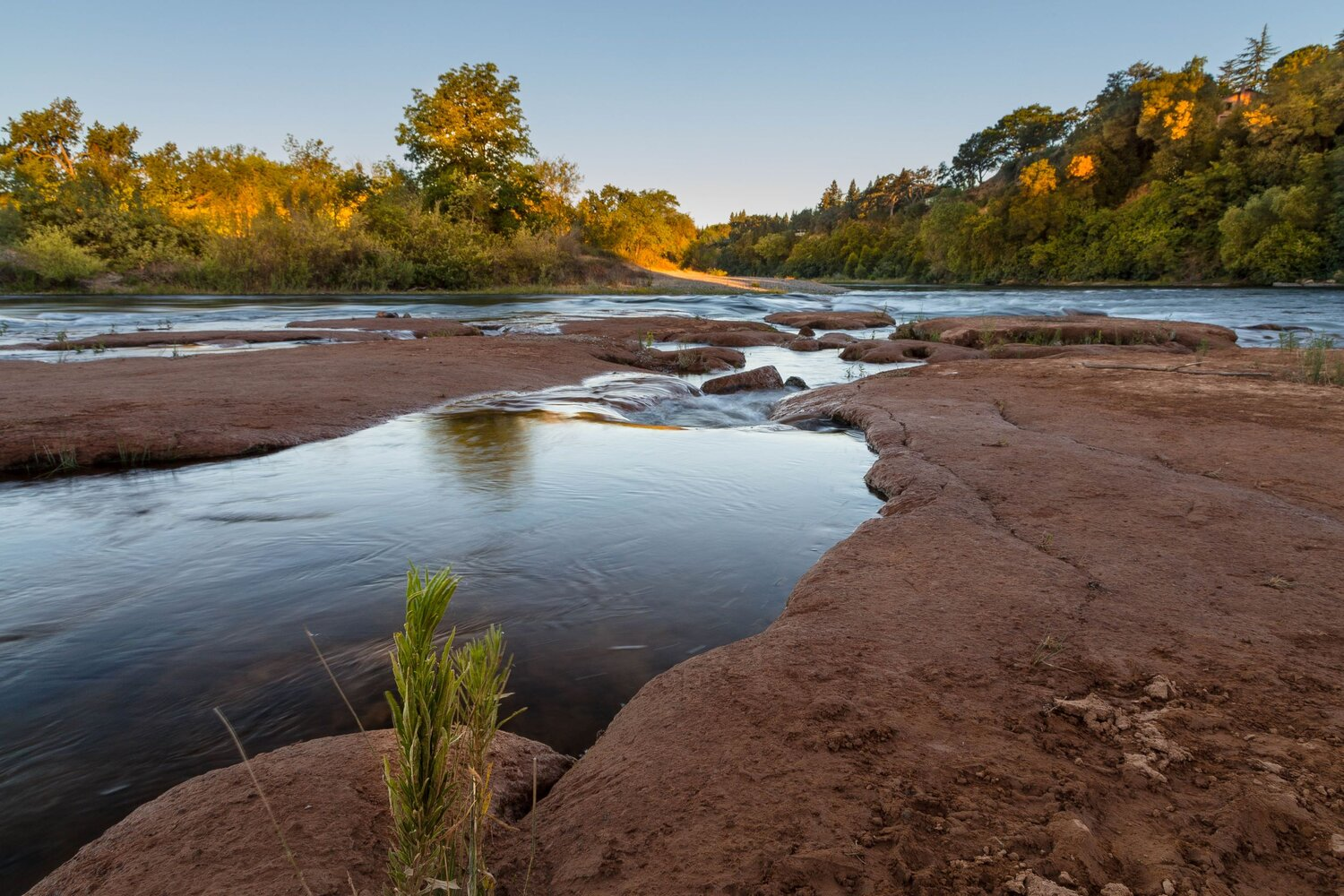
Name and Location: Stretching for 23 miles along the American River, from Folsom Dam to Discovery Park, the American River Parkway is a multi-use trail in Sacramento.
History and Significance: This parkway is a cornerstone of Sacramento’s outdoor recreational offerings, providing a natural corridor for biking, hiking, and wildlife observation.
What to Expect: The trail offers access to river activities, such as kayaking and fishing, with numerous access points and related recreational facilities along its length.
Visitor Information: The parkway is open year-round, with vehicle parking fees at certain access points. Seasonal conditions can affect trail and river accessibility.
Sacramento proudly protects the American River winding through town thanks to dedicated conservation efforts establishing a 23-mile greenbelt sanctuary filled with nature trails open to all. American River Parkway recreation areas connect along both north and south fork riverbanks forming lush buffers between metropolis and riparian habitats. Cooling off underneath a canopy of majestic Valley Oak trees that have stood for over 500 years lets us appreciate this wild space much as indigenous people and early frontier explorers found peace generations ago walking the shores of this gentle river. Today whether cycling Jedediah Smith Memorial bike trail from Old Sacramento to Folsom Lake or watching osprey dive for glistening trout along the sandy Coloma beach where California’s first Gold Rush miners rushed downstream, experiencing the glacier-carved living history and natural splendor protected within the American River Parkway allows Sacramento residents to treasure the waterways writing our region’s earliest stories.
Conclusion
From Victorian-era amusements evoking California’s frontier spirit to international gardens spurring inspiration integral to thoughtful state policies conducted within Capitol chambers, Sacramento’s treasured parks system reflects the city’s values welcoming all to gather, celebrate culture and unite towards building an equitable future. Lush green spaces give winged and wild neighbors healthy habitats to thrive while tree-lined trails invite everyone to look forward together appreciating the American and Sacramento Rivers’ enduring gifts that continue nourishing Sacramento’s communities and tomorrow’s dreams rising ever upward into California’s blue skies.

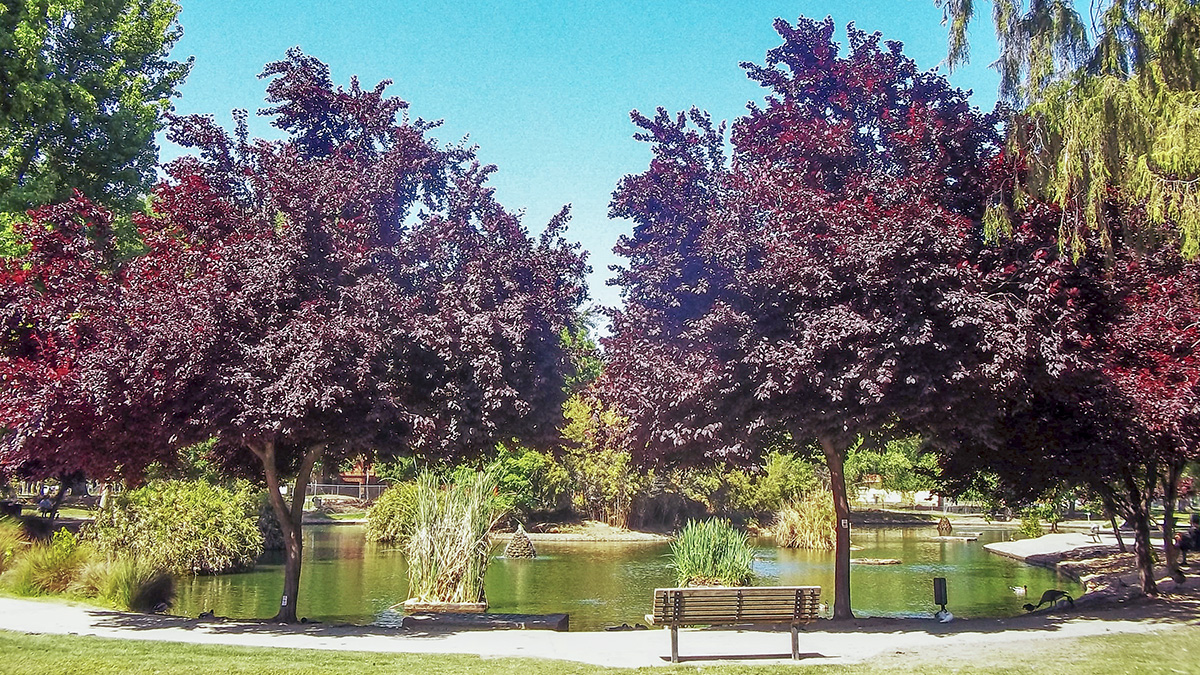
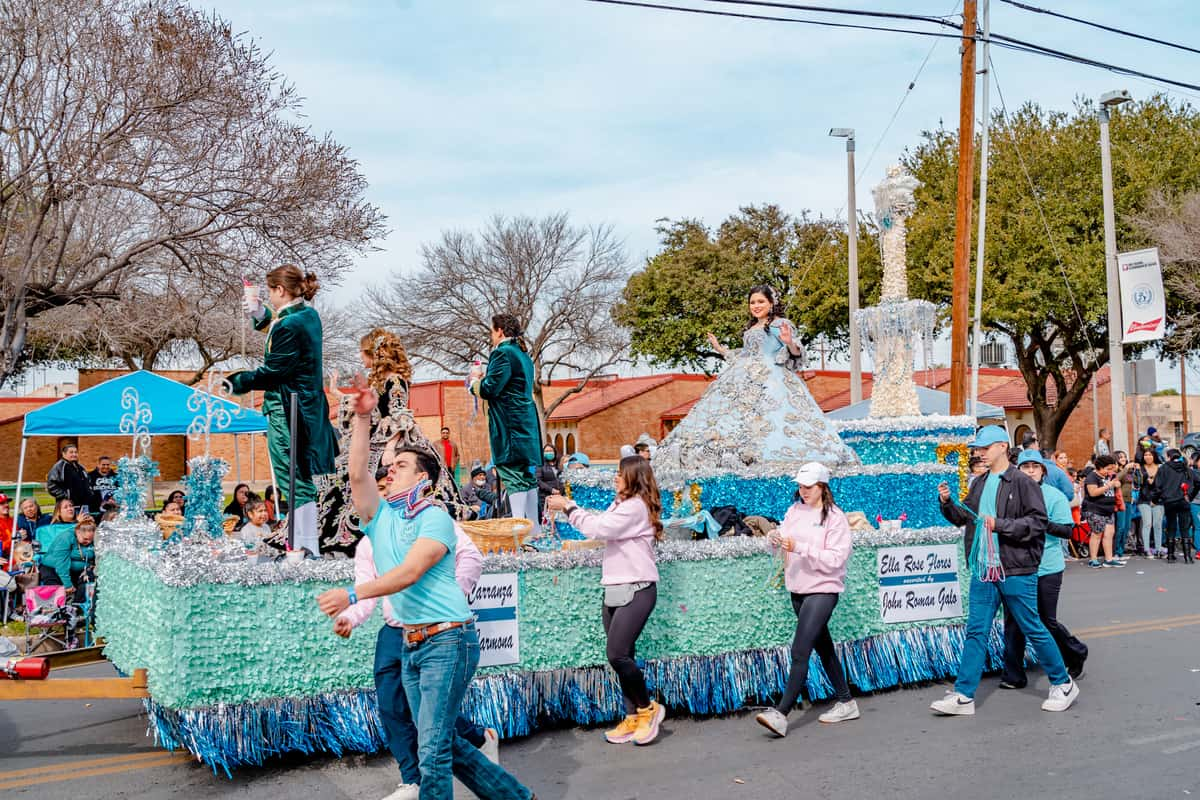
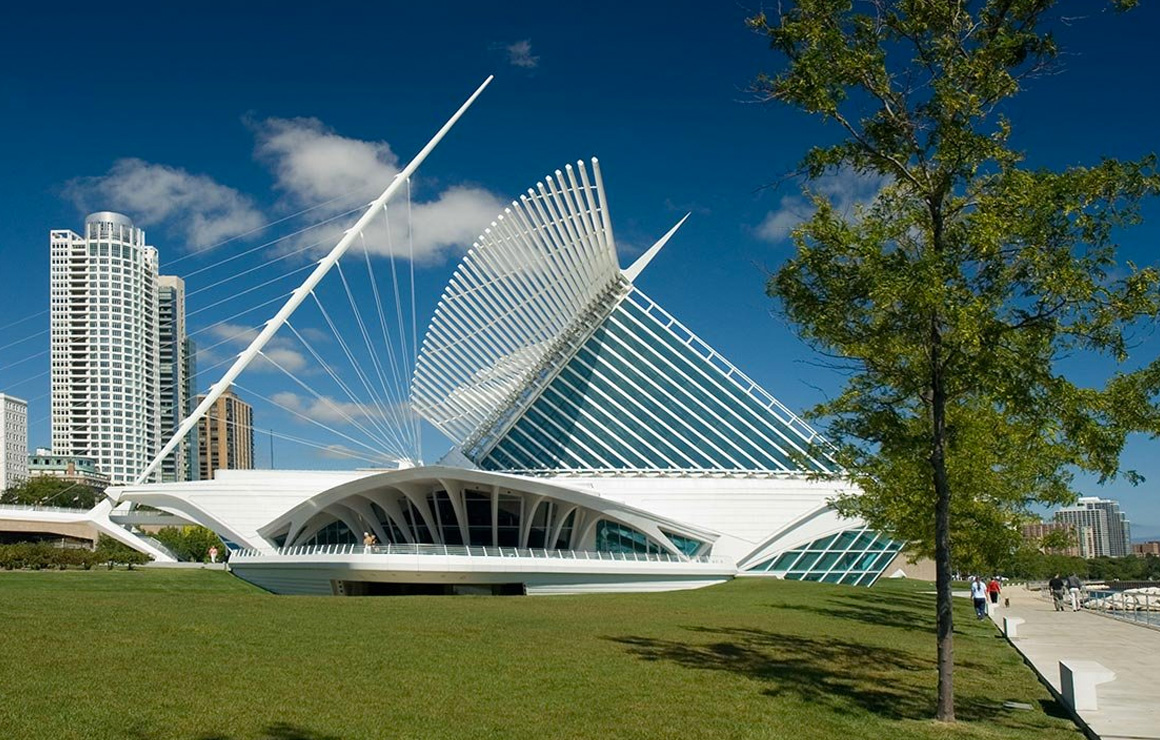

Join the Conversation